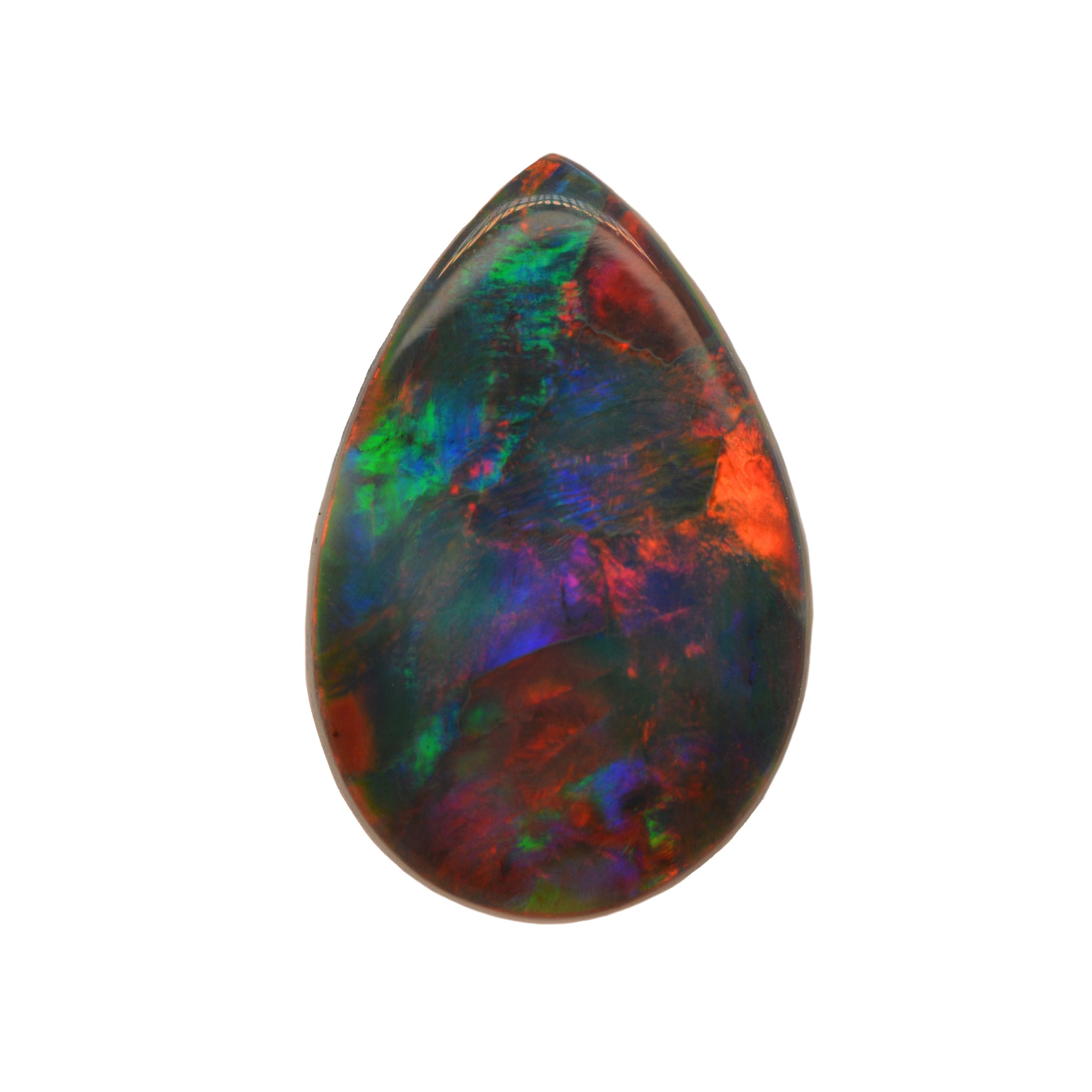One of the most precious and sought-after gemstones in the world is black opal. With their dark body tone and vibrant play-of-colour, these gems are stunning, rare, and often imitated. If you're looking to invest in a black opal—whether for a collection or jewellery—it’s essential to know how to tell a genuine one from a fake. Here's a practical guide to help buyers make informed decisions.

What Is a Black Opal?
Black opal is a variety of opal with a dark body tone, usually ranging from dark grey to jet black. Unlike white or crystal opals, the dark background of Australian opal jewelry makes the colour flashes appear more vivid and intense.
Key Characteristics of a Genuine Black Opal
- Body Tone: A true black opal has a natural dark body tone. This doesn't necessarily mean the stone is entirely black, but the base colour should be dark enough to enhance the play-of-colour on the surface.
- Play-of-Colour: Authentic black opals display a brilliant play-of-colour—this refers to the rainbow-like flashes of red, blue, green, and orange that shift with movement. The brightness, pattern, and colour range can significantly affect the stone’s value.
- Origin: Most genuine black opals come from Lightning Ridge. While black opals are occasionally found elsewhere, Australian black opals are widely recognised for their quality and are considered the standard in the industry.
- Structure: Solid black opals are made entirely of opal, while doublets and triplets are layered pieces. A doublet has a thin opal slice bonded to a dark backing. A triplet adds a clear protective cap on top. While these look convincing, they are not considered natural black opals.
Buying a black opal is a significant investment, and understanding how to identify a genuine one can help protect your purchase. By paying attention to body tone, play-of-colour, structure, and sourcing, buyers can make confident and informed decisions. Whether you're adding to a collection or choosing a unique piece of jewellery, a real black opal is a timeless and valuable addition.
No comments:
Post a Comment